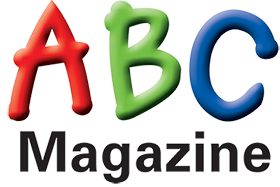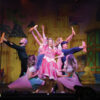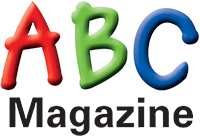Research has revealed the top things that pregnant women plan to do during their maternity leave, with 15% stating that they plan to start their own business and become a ‘mumpreneur’. According to the poll, a third of new mums go back to work earlier than they are required to, with the majority citing ‘financial reasons’ behind their decision to return early.
The days of maternity leave being used to rest and relax, have tea breaks and bond with other new mums are long gone, according to new research that has found British women have far more ambitious plans to keep busy during their leave. Taking up a new hobbies, setting up businesses and learning a new language are among the top things that expectant mums plan to do while away from work.
The team at www.VoucherCodesPro.co.uk conducted the research as part of an ongoing study into the financial situations that Britons find themselves in. 2,319
British women aged 18 and over, all of whom stated that they had given birth in the past five years, were quizzed about their maternity leave and how they spent their time.
Initially all respondents were asked ‘How did you plan to spend your maternity leave?’ to which the most common responses were ‘taking up a new hobby’ (18%), ‘setting up a business’ (15%), ‘learning a new language’ (12%) and ‘travelling’ (9%). All respondents were then asked if they had spent their leave doing what they had planned to do, with the results revealing that half of those who wanted to set up a business did indeed become ‘mumpreneurs’ (50%) and 41% of those who wanted to learn a new language realised their dreams, though just 11% of pregnant women who planned to travel ended up venturing abroad.
All respondents were then asked ‘Did you return to work before your full maternity entitlement was up?’ to which 55% of respondents stated that they used their full entitlement, whilst the remaining respondents either made the decision to return to work early (33%) or chose not to return to work at all (11%).
Those who returned to work early, without using their full maternity entitlement, were asked to share the reasons why they had done so. When provided with a list of possible reasons and told to select all
that applied, the top five responses were as follows:
1. Financial reasons – 81%
2. Needed more adult company in the day – 70%
3. Worried about long-term job security – 52%
4. My child was in day-care, and it gave me something to do – 46%
5. I felt the company needed me back – 39%
All respondents who had returned to work were then asked ‘Did your return to work go as you had planned?’ to which 74% admitted that it hadn’t. When asked to elaborate, 44% of those who planned to return to work full-time ended up returning part-time, compared to 13% who planned to return to work
part-time and ended up working full-time.
George Charles, spokesperson for www.VoucherCodesPro.co.uk, made the following comments: “It’s fantastic to see that so many women are using their maternity leave to do something positive. Obviously they’re already doing something incredible, by raising a child, but it’s important that they take the time to do something for themselves at the same time. Taking up a hobby, meeting new people and studying something new, these are great ways to pass the time, keep occupied and also get your child engaging with others too. They’ll also leave you in a better position when it comes to returning to the working world – assuming that’s something you wish to do.”













